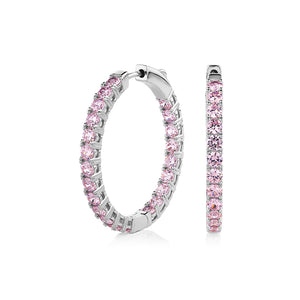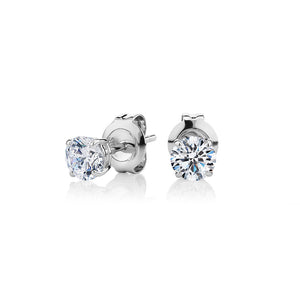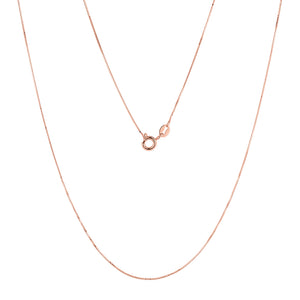
We’ve decided at Secrets that it’s time to flick back the clock to a time when our gorgeous stone cuts were first created.
The first stone we’ll dive into is the iconic round brilliant cut. Over time there have been many adaptations of this staple diamond cut, but its circular beauty has remained the same.
The Appearance:
- It has 58 facets divided along the top, middle and bottom (also known as the crown, girdle and pavilion).
- The round shape of the cuts not only ensure its incredible light reflection and brilliance, but has influenced the diamond industry tremendously.
A Brief History:
- Originally, the round cut was first named as the “Old mine cut” in 18th century. Due to the lack of technology, the diamond’s cut was more square and on steeper angles, which caused less fire and shine. The look was very similar to a cushion cut.
- With the invention of the bruting machine, the “Old European Cut” was introduced, leading to a diamond with more light, and a distinctive round shape in the 1800’s.
- Entering into the 21st century, the modern round brilliant cut we know today, was developed with the combination of mathematics (thank you Marcel Tolkowsky) and advanced technology, producing precise diamond cuts.
The Round Brilliant Cut has remained a cult classic because of its flexibility throughout the fashion trends.
At Secrets, keeping this original brilliance and shine is easy with our eco-friendly stones that have been grown in a laboratory and cut by our advanced technology to the same exacting standards as the diamond. Our stones are whiter, brighter and near flawless in colour, graded D-F on the GIA Scale.
We wrote this article with the help from here and here.
Interested in wearing this classic diamond? These are our top bestsellers in the “Round Brilliant Cut”



